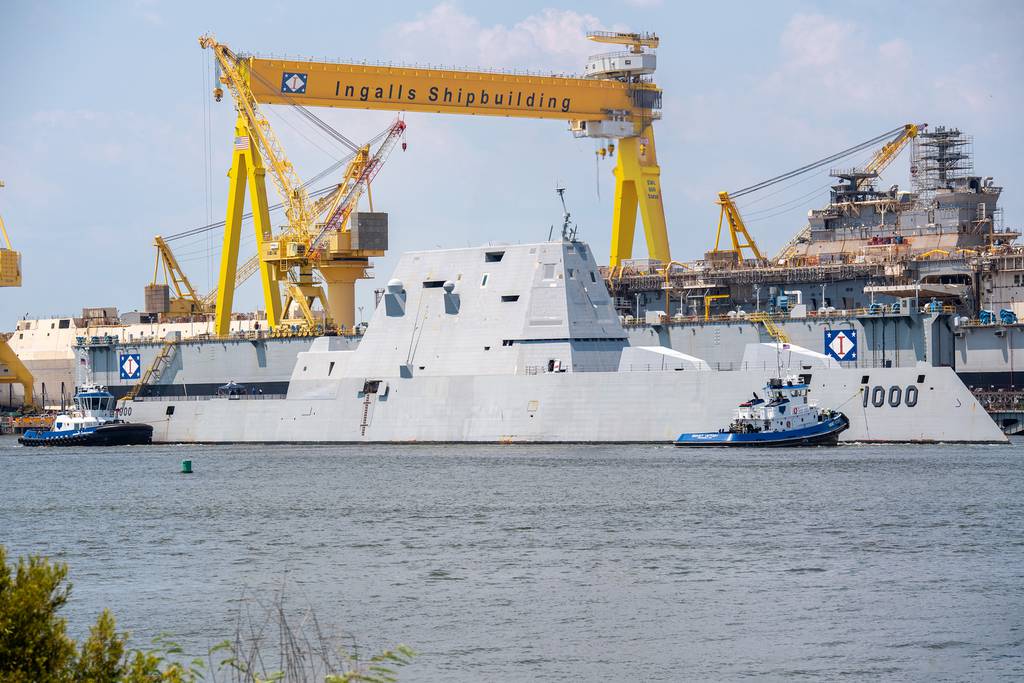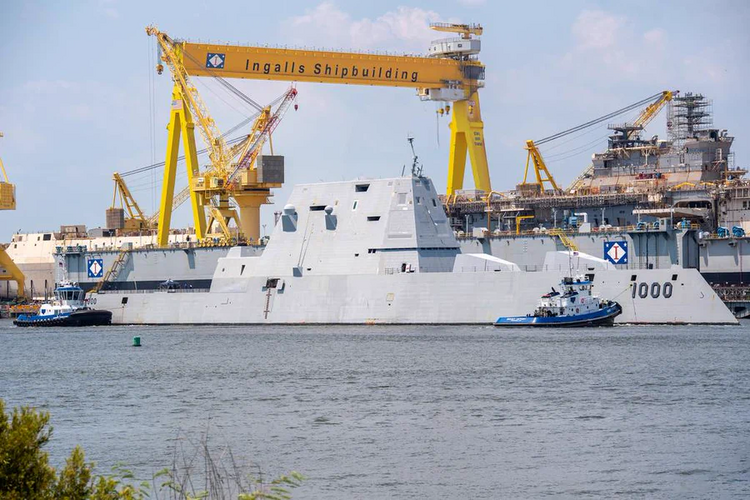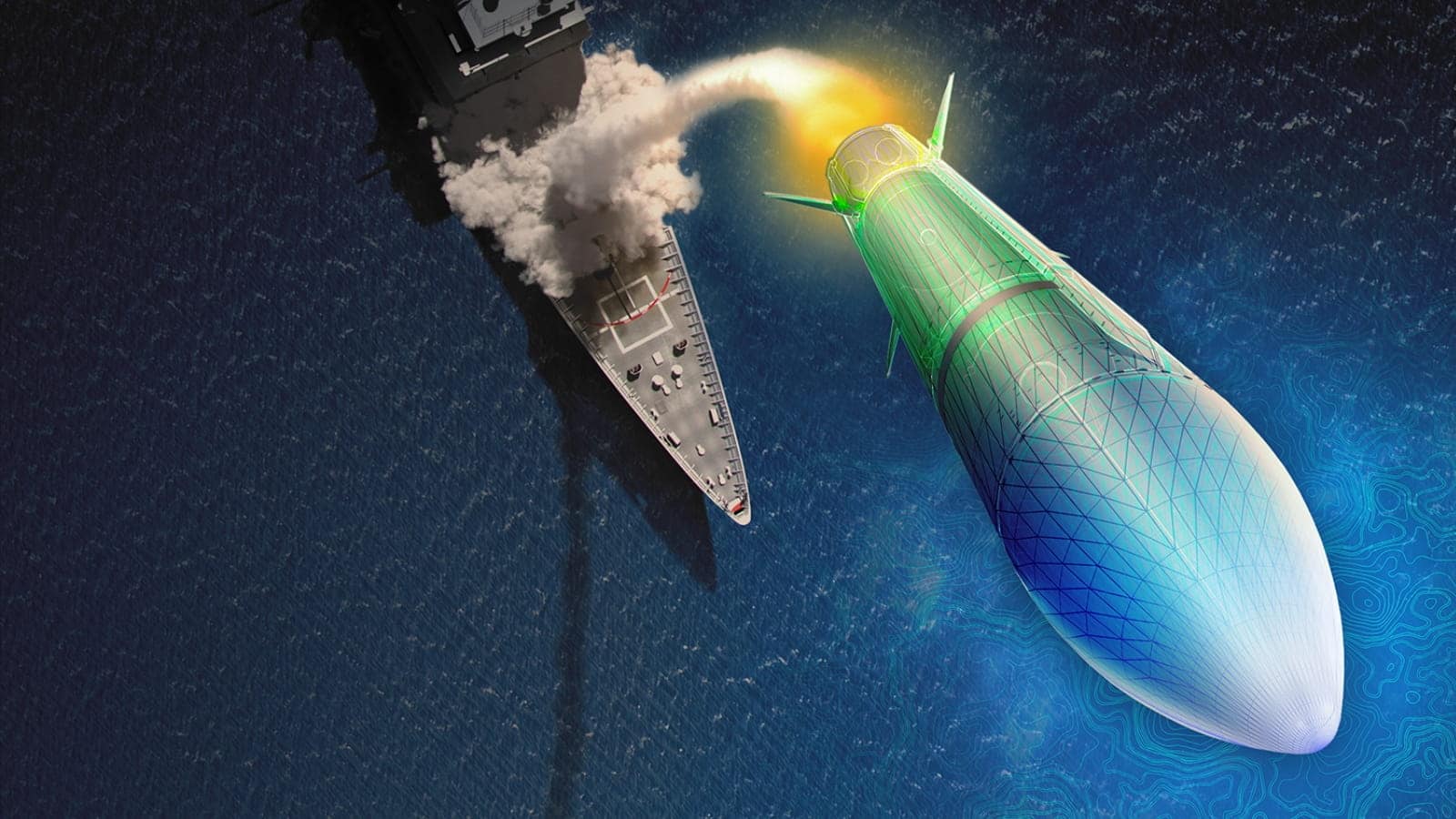I don’t think a ramjet of any kind is practical. Reaction time and altitude are an issue; I think both rule out a ramjet or even scramjet option, even if some kind of weird solid boosted, scramjet sustained, solid terminal engagement weapon was technically achievable.
I guess I'll have to wait for SABRE then.
Air-augmented rockets present a good interim solution in that they can operates from zero air speed and at high altitude where air is to thin to compress. Wikipedia says Meteor features that kind of propulsion, no idea on validity. But I remember there was a Soviet ICBM project that used AARs,
Gnom was it name, and this really deserves further exploration imo. Single-stage-to-orbit airbreathers would be revolutinizing BMD whose history consists solely of overweight rockets bar SM-3.
Alternatively, if you don't mind magazine capacity, converting IR-CPS AURs to take a KKV would be interesting. Arclight reverse?
If defending yourself, no cross range needed. But "the ship next to you" in a modern combat formation is going to be over the horizon from you, some 50km away.
That's where my concern about cross range of the GPI are coming from.
Suppressed glide is a real killer.
I wonder if, at the altitude GPI is supposed to operate in, assuming no MOKV tech, endoatmospheric intercepts could be conducted by ESSM-sized missiles. A 2-stage MALI, with the first stage housing pop-out wings and an improved economy microturbojet, jettisonable, and the second stage a HALFRAAM, but with a smaller motor, and the radome+warhead is replaced by a lightweight KKV. Think of it as a fusion between ALARM, NCADE and the Iranian 358.
Another solution would be to task F-35s, and in the future F/A-XX, to carry out fleet BMD using a combination of their own kinematics and JATMs converted to house KVs. It would require transforming the entire fleet architecture and doctrinal defensive aviation employment, but materially and technologically speaking would be cheaper.



